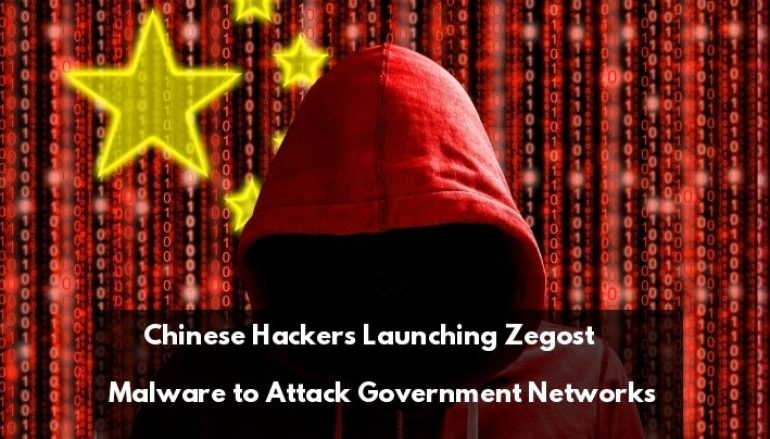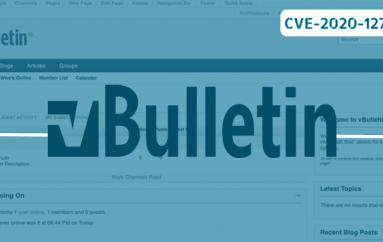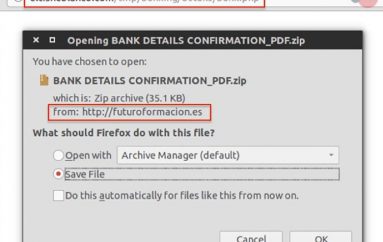
Chinese Hackers Launching Zegost Malware to Attack Government Networks Via Weaponized MS Powerpoint
Researchers discovered a new campaign with Zegost info stealer malware that believed to be originated from Chinese based threat actors who is targeting government networks in China.
Zegost uncovered back to 2011 since then attackers updated with various new functionalities and added new persistence capabilities, exploits to maintain the access.
Researchers believe that the malware only focuses on the Chinese government network, but it was unclear why threat actors targeting only government agencies.
By nature, the malware developed to steal the targeted victim’s information that resides in the compromised network with the ability to leverage multiple exploits.
Most of the exploits are often used by Italian offensive security company that was provided hacking tools to law enforcement and government agencies.
Attackers behind the Zegost malware using weaponized Microsoft powerpoint document and infect the victims once they open the malicious document.
Researchers also observed that one of these updates includes the usage of COM programming. As with many of the other uncommon strategies it uses, COM usage in malware is also not typically seen.
Initially, malicious targeting victims via spear-phishing emails with an attachment of malicious file and trick victims to open it.
Zegost includes that several functionalities designed to clear the Application, Security, and System event logs after the infection to fly under the radar to evade the detection.
Once it completes the infection process, it starts identifying the targetted machine OS version and specification then checks to see if any of the following processes are running and sends the list out to the C2 server,
360tray.exe, 360sd.exe, avp.exe, KvMonXP.exe, RavMonD.exe, Mcshield.exe, egui.exe, NOD32, kxetray.exe, avcenter.exe, ashDisp.exe, rtvscan.exe, ksafe.exe, QQPCRTP.exe, K7TSecurity.exe, QQ.exe, QQ, knsdtray.exe, TMBMSRV.exe, Miner.exe, AYAgent.exe, patray.exe, V3Svc.exe, QUHLPSVC.EXE, QUICK HEAL, mssecess.exe, S.exe, 1433.exe, DUB.exe, ServUDaemon.exe, BaiduSdSvc.exe, vmtoolsd.exe, usysdiag.exe
It also focuses to collect the list of modem, proxies and LAN connectivity information, RDP port number, QQ login number and share to command and control server that control the attacker.
Malware also places the Keystroke Recorder to record the victim’s activities and share them into following C2 servers:
- hxxp://lu1164224557.oicp.net:45450
- hxxp://212951jh19.iok.la:9988
According to Fortinet research, “Our observations for this latest run, however, reveal that multiple subdomains that act as the command and control are based on Dynamic DNS domains (DDNS), and are coming from other locations beyond China, such as Singapore, Taiwan, and the United States.”
This post Chinese Hackers Launching Zegost Malware to Attack Government Networks Via Weaponized MS Powerpoint originally appeared on GB Hackers.






